The United States has a staggering collection of snorkeling spots, each providing something different in the way of marine ecosystems, clean waters, and unforgettable aquatic interactions. From the colorful coral reefs of Hawaii to the aged shipwrecks of Florida, this book ventures into the nation's best snorkeling sites with the aid of industry specialists, traveler comments, and ecological reports. This blog will discuss the geological features, diversity, and accessibility of these sites and provide an in-depth review for both experienced and inexperienced snorkelers.

1. Molokini Crater, Maui, Hawaii
A Volcanic Marvel and Marine Sanctuary
Molokini Crater, a crescent-shaped volcanic caldera located three miles off Maui’s southern coast, is widely regarded as one of the premier snorkeling destinations in the U.S. Formed approximately 230,000 years ago, this partially submerged crater is a Marine Life Conservation District, protecting its thriving coral reefs and diverse marine species.
Key Features:
- Visibility: Up to 150 feet in calm morning conditions, offering unparalleled clarity.
- Marine Life: Home to over 250 fish species, including the Moorish idol (kihikihi), yellow tang, and black triggerfish. Hawaiian green sea turtles (honu) and manta rays are frequent visitors.
- Coral Reefs: The crater’s sheltered environment supports healthy coral growth, including cauliflower coral (Pocillopora meandrina) and lobe coral (Porites lobata).
Tour Recommendations:
- Four Winds Maui: Offers a 5-hour morning tour with a water slide, SNUBA diving, and underwater photography services.
- Pride of Maui: Features a 55-foot catamaran with a glass-bottom viewing room, ideal for families.
- Aqua Adventures: A smaller, family-operated tour emphasizing personalized experiences.
The geological uniqueness and ecological conservation of Molokini make it a snorkeler's destination not to be missed if they seek adventure with conservation awareness.

2. John Pennekamp Coral Reef State Park, Key Largo, Florida
America’s First Undersea Park
Established in 1963, John Pennekamp Coral Reef State Park protects 70 nautical square miles of the Florida Keys National Marine Sanctuary, including the only living coral barrier reef in the continental U.S.
Key Features:
- Christ of the Abyss: A 9-foot bronze statue submerged at Dry Rocks Reef, surrounded by schools of grunts and parrotfish.
- Coral Diversity: Elkhorn coral (Acropora palmata) and brain coral (Diploria strigosa) dominate the reefs, providing habitat for nurse sharks and spotted eagle rays.
- Accessibility: Shallow reefs (4–25 feet deep) cater to all skill levels, with rental gear available onsite.
Tour Recommendations:
- Cheap Snorkeling Key West: Offers affordable half-day trips to Molasses Reef and French Reef.
- Sail & Snorkel Tours: Combines Key West exploration with catamaran excursions to offshore reefs.
The park’s blend of natural beauty and historical artifacts, such as 18th-century shipwrecks, creates a snorkeling experience steeped in maritime heritage.

3. Trunk Bay, St. John, U.S. Virgin Islands
The Caribbean’s Underwater Trail
Trunk Bay’s 225-yard snorkeling trail, marked by submerged informational plaques, provides an educational journey through coral gardens and seagrass beds. Part of the Virgin Islands National Park, this site is renowned for its ecological preservation and accessibility.
Key Features:
- Underwater Trail: Self-guided tour with plaques detailing species like blue tang and queen angelfish.
- Coral Health: Pristine elkhorn coral formations thrive due to strict conservation policies.
- Family-Friendly: Calm, shallow waters (5–15 feet) and snorkel gear make it ideal for children.
Tour Recommendations:
- Cruz Bay Watersports: Catamaran tours with stops at secluded cays and floating restaurants like Pizza Pi.
- VI SNUBA Excursions: Guided dives with underwater photography services at Trunk Bay.
Trunk Bay’s combination of structured exploration and vibrant biodiversity positions it as a top Caribbean destination.

4. Hanauma Bay Nature Preserve, Oahu, Hawaii
A Geologically Rich Marine Ecosystem
Formed within a volcanic cone, Hanauma Bay is a protected marine life conservation area with over 400 fish species. Its unique horseshoe shape minimizes wave action, creating calm snorkeling conditions.
Key Features:
- Endemic Species: Watch for the saddle wrasse (Thalassoma duperrey) and spectacled parrotfish (Chlorurus perspicillatus).
- Coral Restoration: Ongoing efforts to replant finger coral (Porites compressa) and rice coral (Montipora capitata).
- Visitor Education: Mandatory orientation video emphasizes reef protection.
While Hanauma Bay’s popularity can lead to crowding, early morning visits offer serene encounters with sea turtles and octopuses.

5. Devil’s Den Spring, Williston, Florida
Prehistoric Snorkeling in a Karst Window
This underground spring, housed in a collapsed karst cavern, allows snorkelers to explore a fossil-rich environment dating to the Pleistocene epoch.
Key Features:
- Geological Uniqueness: The 54-foot-deep spring maintains a constant 72°F temperature year-round.
- Fossil Displays: Ancient mastodon and mammoth remains embedded in limestone walls.
- Limited Access: Reservations required due to the site’s small size (120-foot surface diameter).
Devil’s Den offers a rare opportunity to snorkel in a geological wonder, though its confined space may challenge claustrophobic visitors.
6. Crystal River, Florida
Manatee Encounters in Freshwater Springs
Crystal River National Wildlife Refuge is the only U.S. location where snorkeling with West Indian manatees (Trichechus manatus) is legally permitted.
Key Features:
- Seasonal Migration: November–March brings hundreds of manatees to the 72°F springs.
- Guided Tours: Operators like Fun 2 Dive provide wetsuits and in-water photographers.
- Conservation Focus: Passive interaction rules protect endangered manatees from disturbance.
While summer months lack manatees, the area’s clear waters and submerged cave systems remain appealing.

7. Channel Islands National Park, California
Kelp Forests and Sea Cave Explorations
The Channel Islands’ cold Pacific waters host giant kelp (Macrocystis pyrifera) forests teeming with garibaldi fish and sea lions.
Key Features:
- Anacapa Island: The Landing Cove’s shallow reefs are ideal for spotting bat rays and kelp bass.
- Santa Cruz Island: Painted Cave, one of the world’s largest sea caves, offers adventurous snorkeling.
- Water Temperature: 55–70°F necessitates wetsuit rentals, available through operators like Truth Aquatics.
This destination suits experienced snorkelers seeking rugged, less-crowded environments.

Balance Ecology and Adventure!
The U.S. offers snorkeling experiences as diverse as its landscapes, from the tropical reefs of Hawaii to the freshwater springs of Florida. Molokini Crater emerges as the top overall destination due to its exceptional visibility, biodiversity, and well-regulated tours. However, regional gems like Trunk Bay and Crystal River provide specialized encounters with marine megafauna and underwater trails.
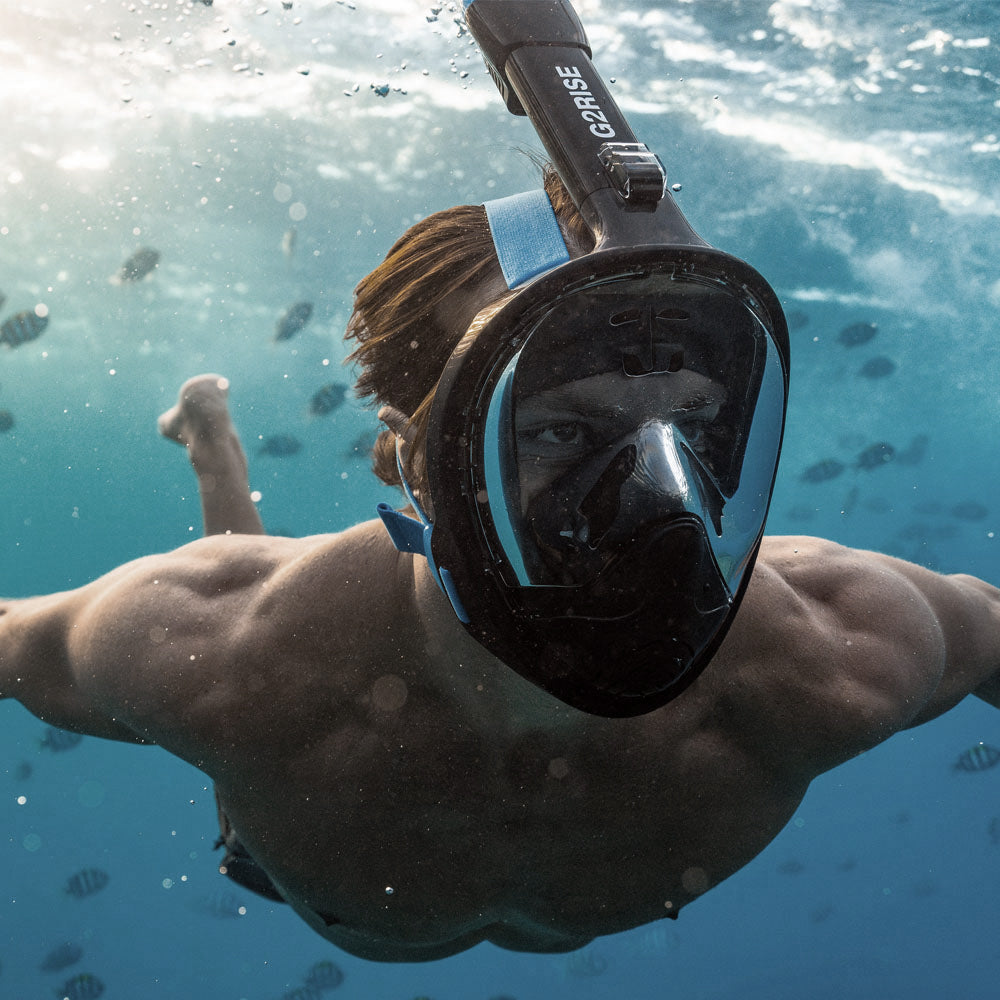
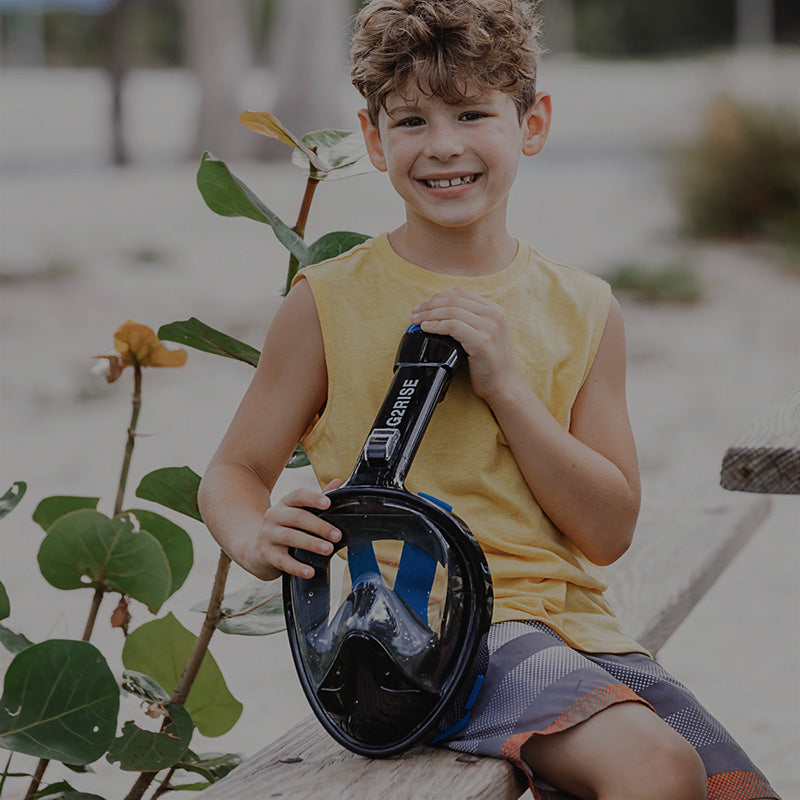
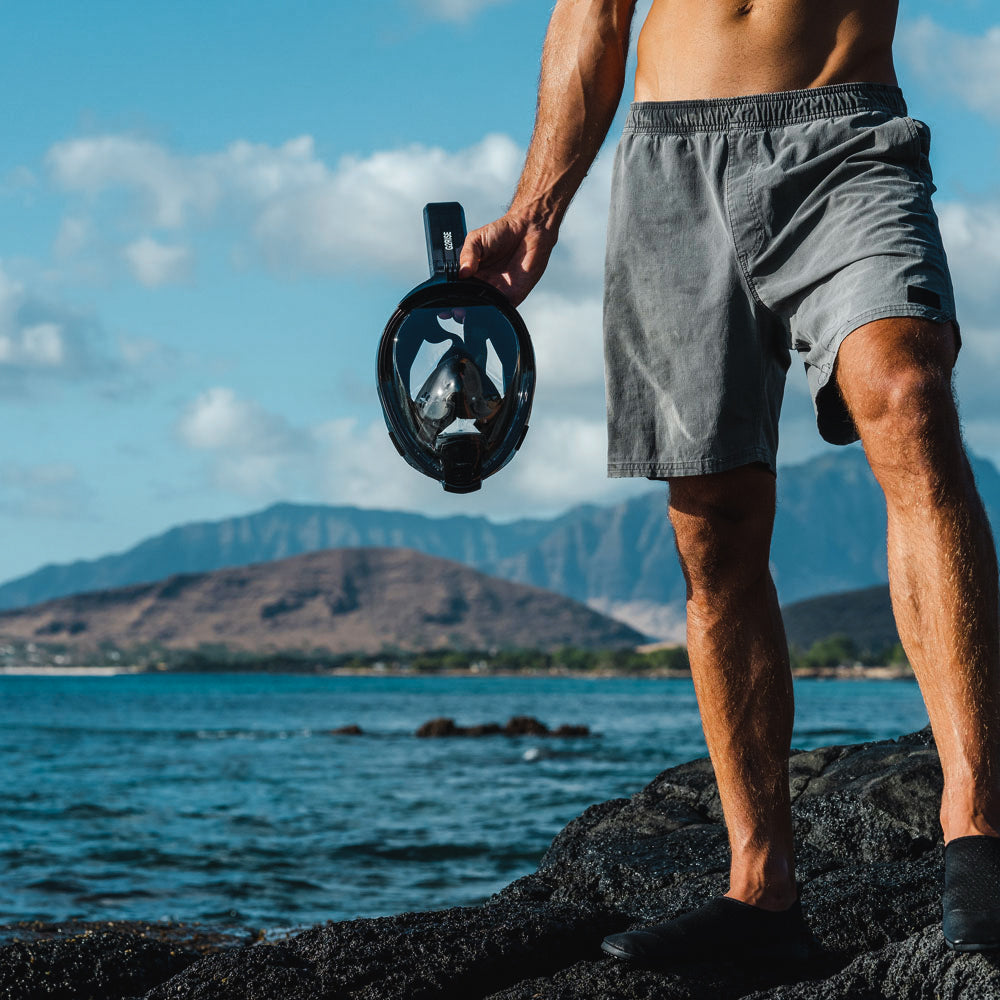
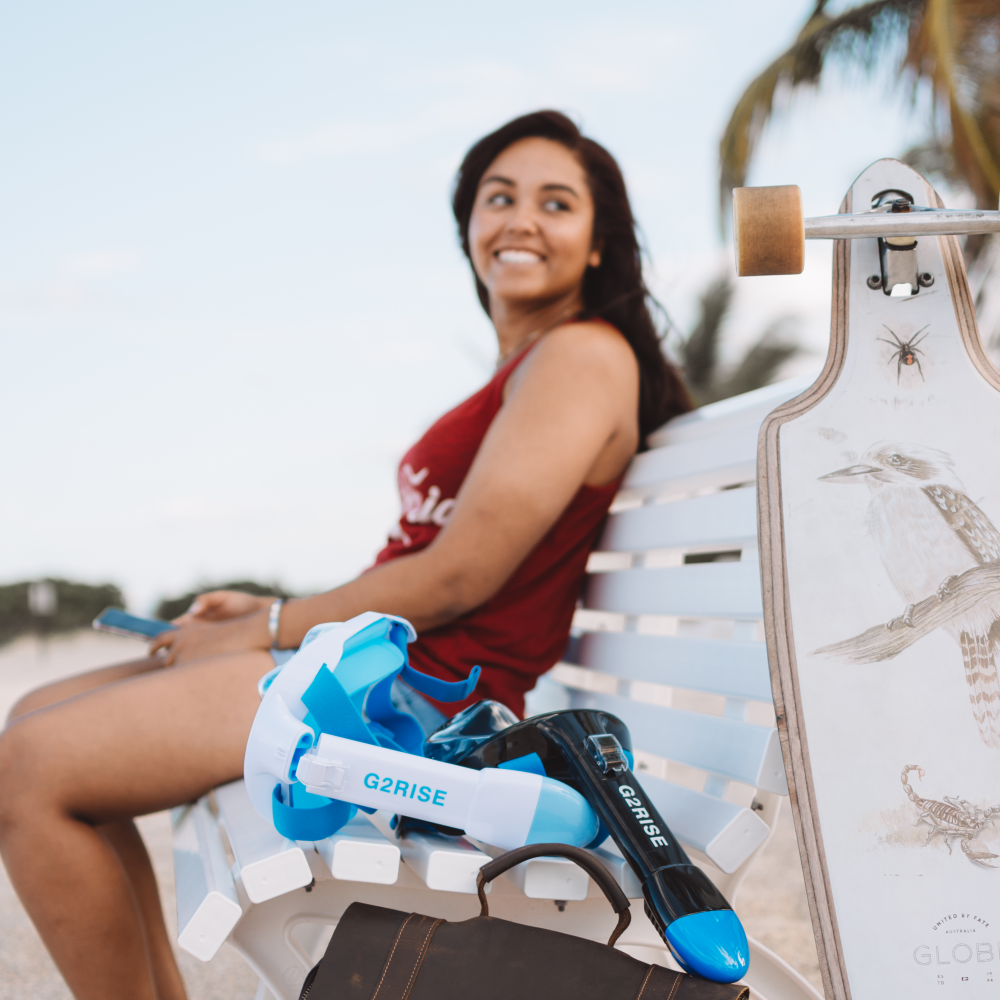
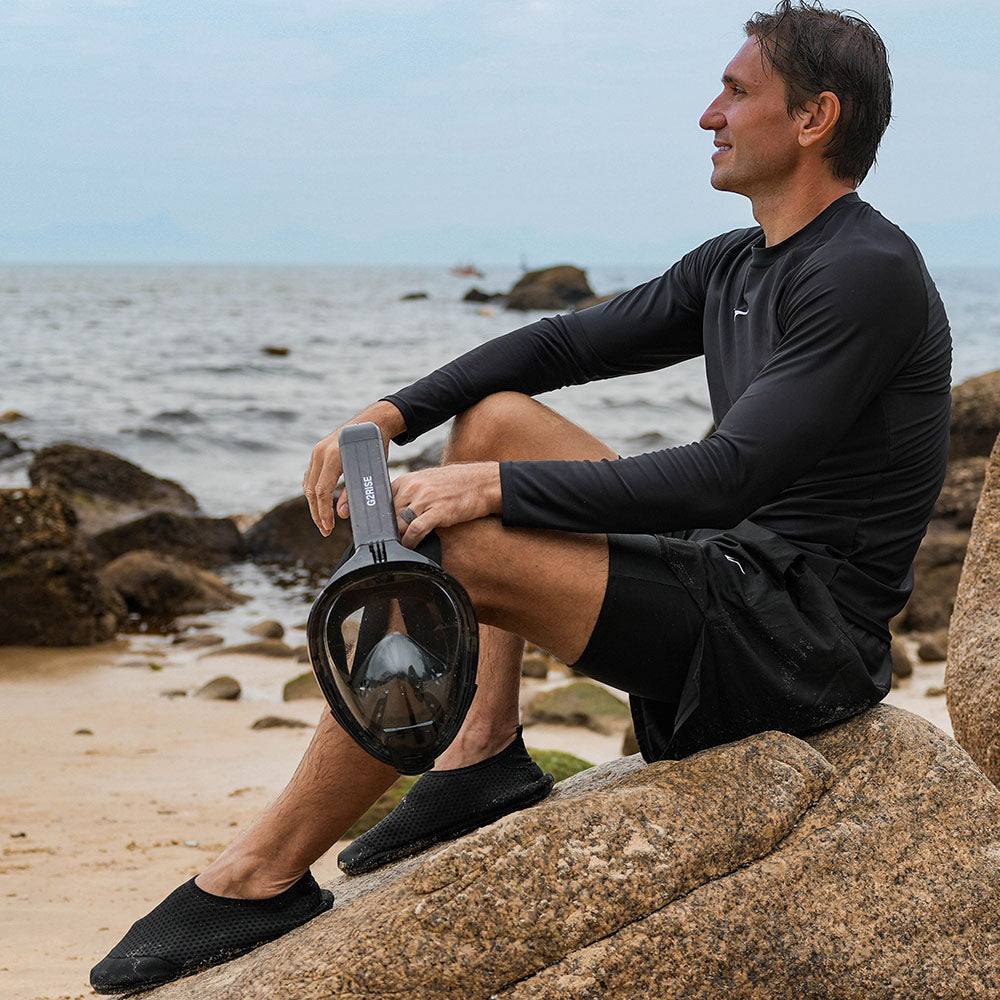



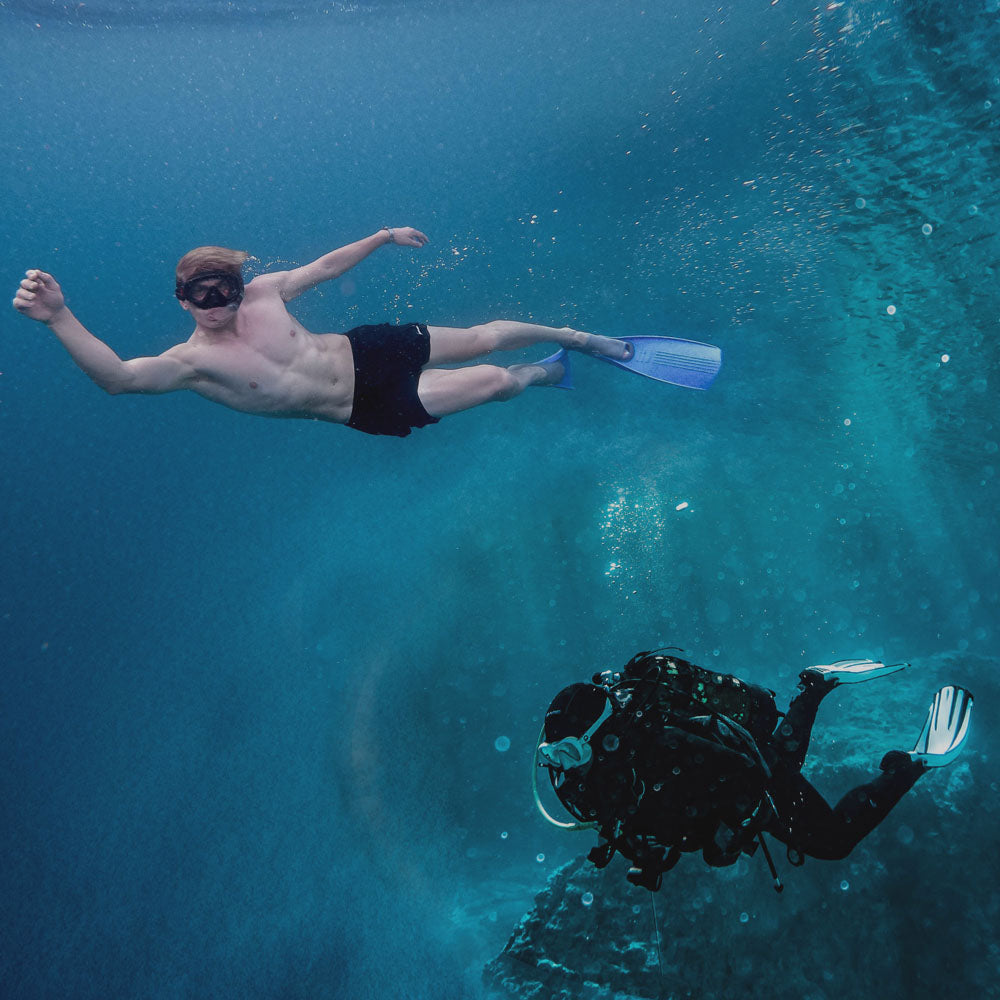
Leave a comment
This site is protected by hCaptcha and the hCaptcha Privacy Policy and Terms of Service apply.